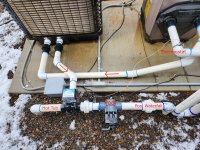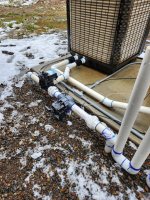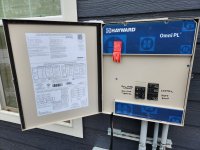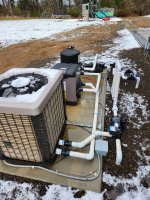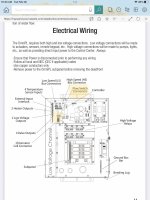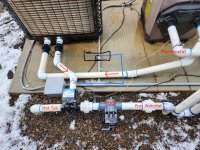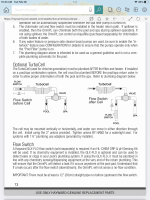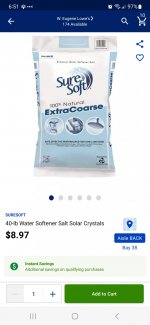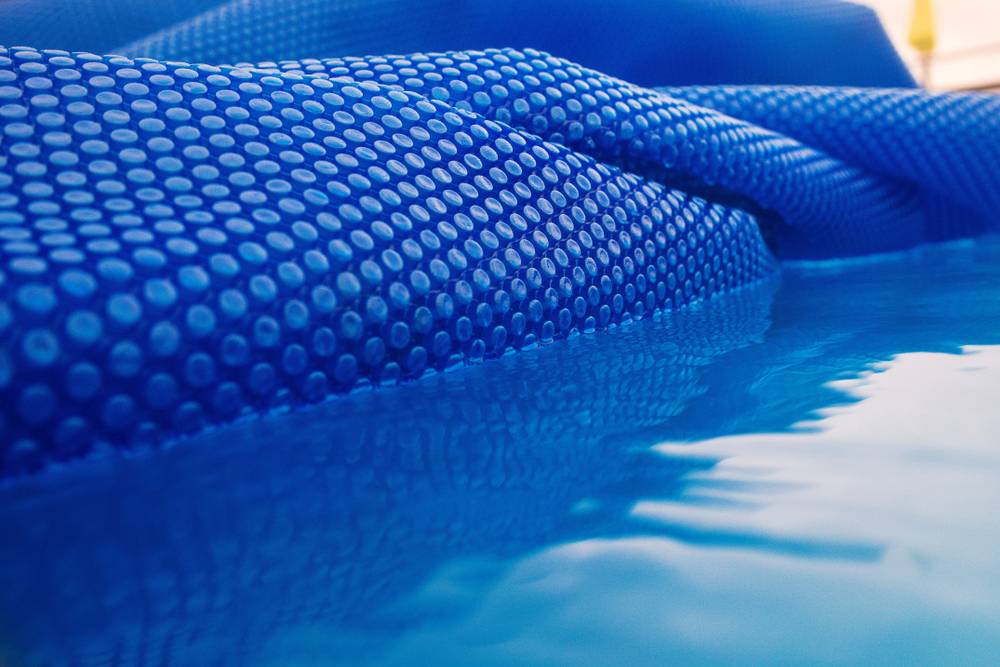- Feb 23, 2023
- 31
- Pool Size
- 15000
- Surface
- Fiberglass
- Chlorine
- Salt Water Generator
- SWG Type
- Hayward Aqua Rite (T-15)
I'm new to the forum, and fairly new to pools. We had our pool installed last year, and I'm exploring the idea of adding a SWG.
I have Hayward OmniLogic PL automation, and I have 2 bodies of water (pool and hot tub) on a single set of equipment, the automation toggles them back and forth (not sure if that matters for SWG).
How would I go about choosing a SWG that would be compatible with my equipment?
And is this something I can DIY? Or do I need to look at hiring someone?
Thanks!
I have Hayward OmniLogic PL automation, and I have 2 bodies of water (pool and hot tub) on a single set of equipment, the automation toggles them back and forth (not sure if that matters for SWG).
How would I go about choosing a SWG that would be compatible with my equipment?
And is this something I can DIY? Or do I need to look at hiring someone?
Thanks!
Last edited:


